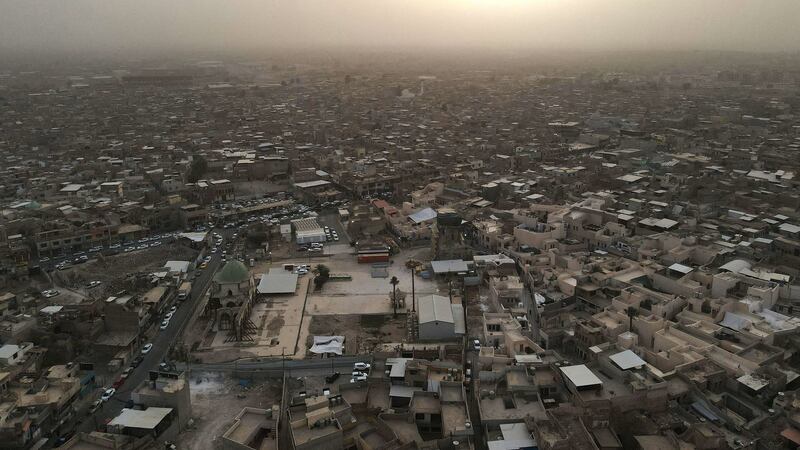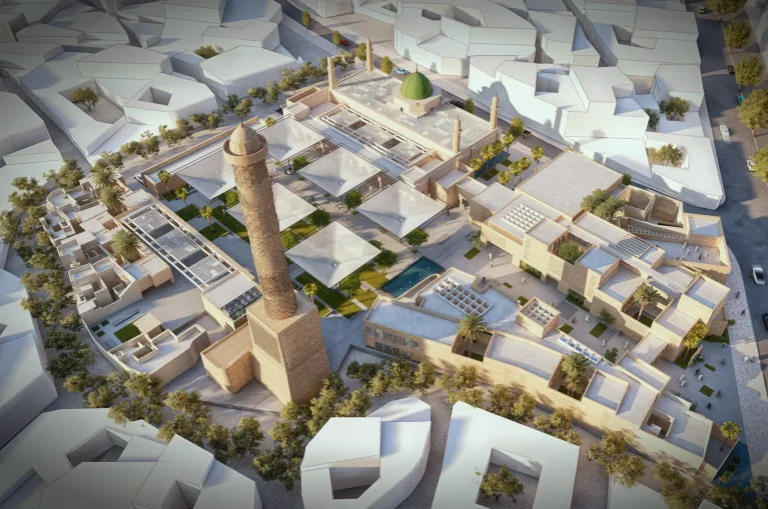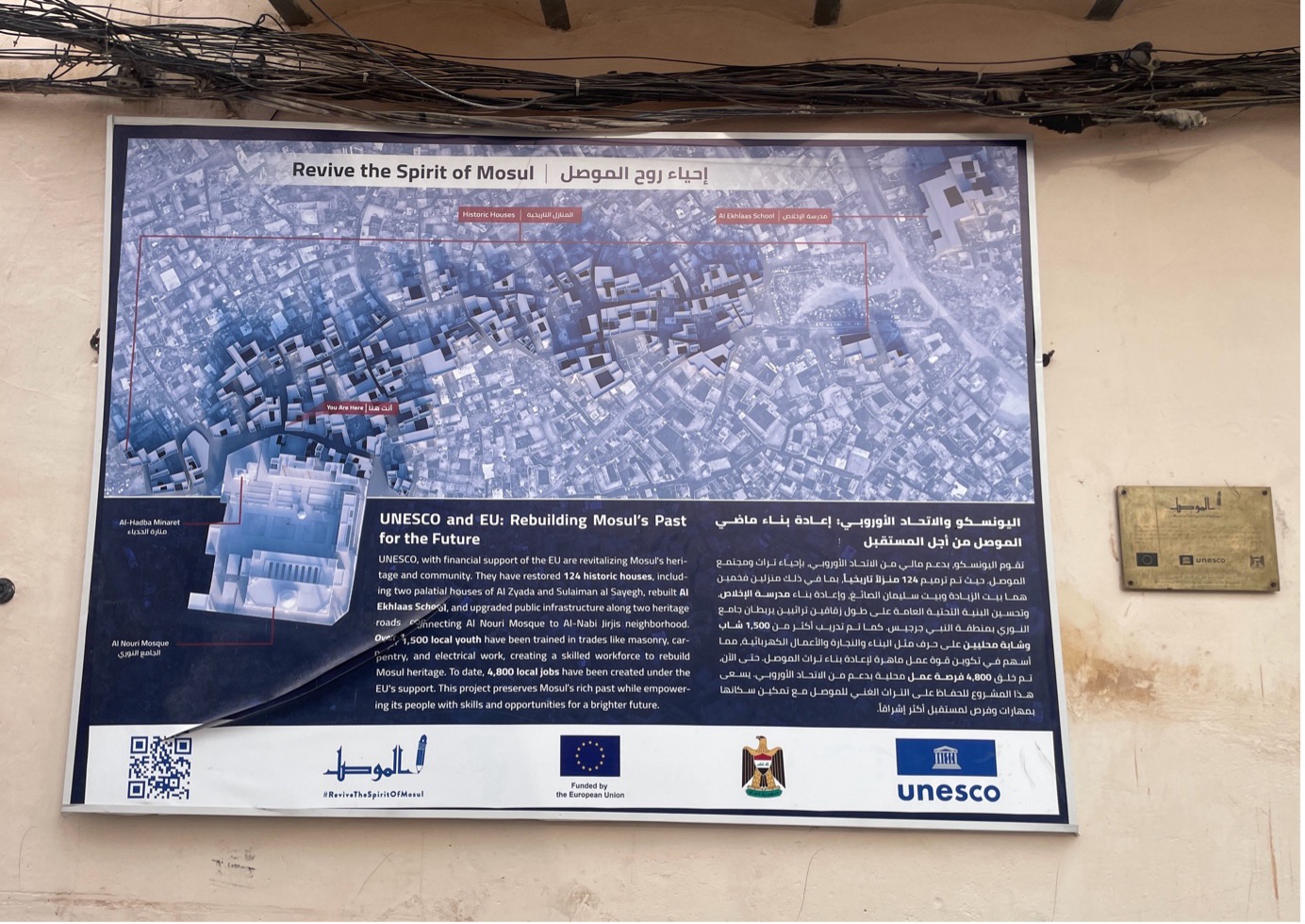
Close

Approach Words: City Identity, Heritage Preservation, Urban Livability
Public Policy Instruments: Physical Intervention, Planning
Revive the Spirit of Mosul is a post-war recovery initiative for the Old City of Mosul,1 one of Iraq’s most iconic and historically significant cities.2 The project is an UNESCO-led initiative in one of the oldest cities in the world.3 As part of the United Nations’ Crisis Response and Resilience program,i it is designed to help Iraq’s government fast-track the social dimensions of reconstruction.4
It envisions “to restore Mosul’s identity as a center of cultural diversity5 and historical significance”,6 by rebuilding its architectural heritage and reinvigorating its educational and social fabric.7

Title: Old City of Mosul before Restoration
Source: Click Here

Title: 3D View of al-Nouri Mosque complex after Restoration
Source: Click Here

Title: Al Nouri Mosque after Rehabilitation and Still Under Construction
Source: Click Here

Title: A big poster pinned on one of the streets, illustrating ‘Revive the Spirit of Musol’ Project.
Source: Click Here
This initiative is structured around three mani pillars: heritage, culture, and education8 with targeted interventions under each, as follow:
(1) Heritage rehabilitation covering 124 heritage homes, 8 landmark buildings and institutions, including mosques, churches and schools:9 10
(2) Cultural revitalization, creating inclusive community spaces, reactivating cultural life, and engaging education; includes the following components:11
(3) Educational development; schools rehabilitation and implementation of peace education programs such as Preventing Violent Extremism through Education (PVE-E) programs.12

Owner/Developer (Public)
The initiative creates employment opportunities and trainings for local women and men, achieving the focus on gender equity, directly tied to the restoration and reconstruction of cultural heritage. This plays a crucial role in community-driven engagement and skills building, fostering social inclusion and peacebuilding in Iraq during this critical period.13
The project was initiated, led and implemented by UNESCO in partnership with the Iraqi Government.14 Other key partners are Mosul Municipality, Iraqi Ministry of Culture, and religious authorities. The project’s estimated cost is $ 7.5 million,15 funded by the European Union, the United Arab Emirates Government and other international partners (including ALIPH and UNESCO Heritage Emergency Fund).16 17
In phases, reviving Mosul’s spirit project launched in 2018 with damage assessment.18 From 2019 until 2021, the reconstruction of Al-Nouri Mosque, churches and houses initiated. Additional restorations expanded with cultural and educational initiatives starting 2022 and continue until today.19 20
Project Link
https://www.unesco.org/en/revive-mosul
Endnotes
References